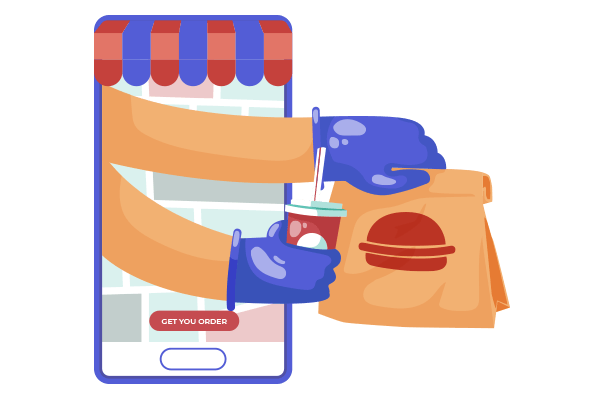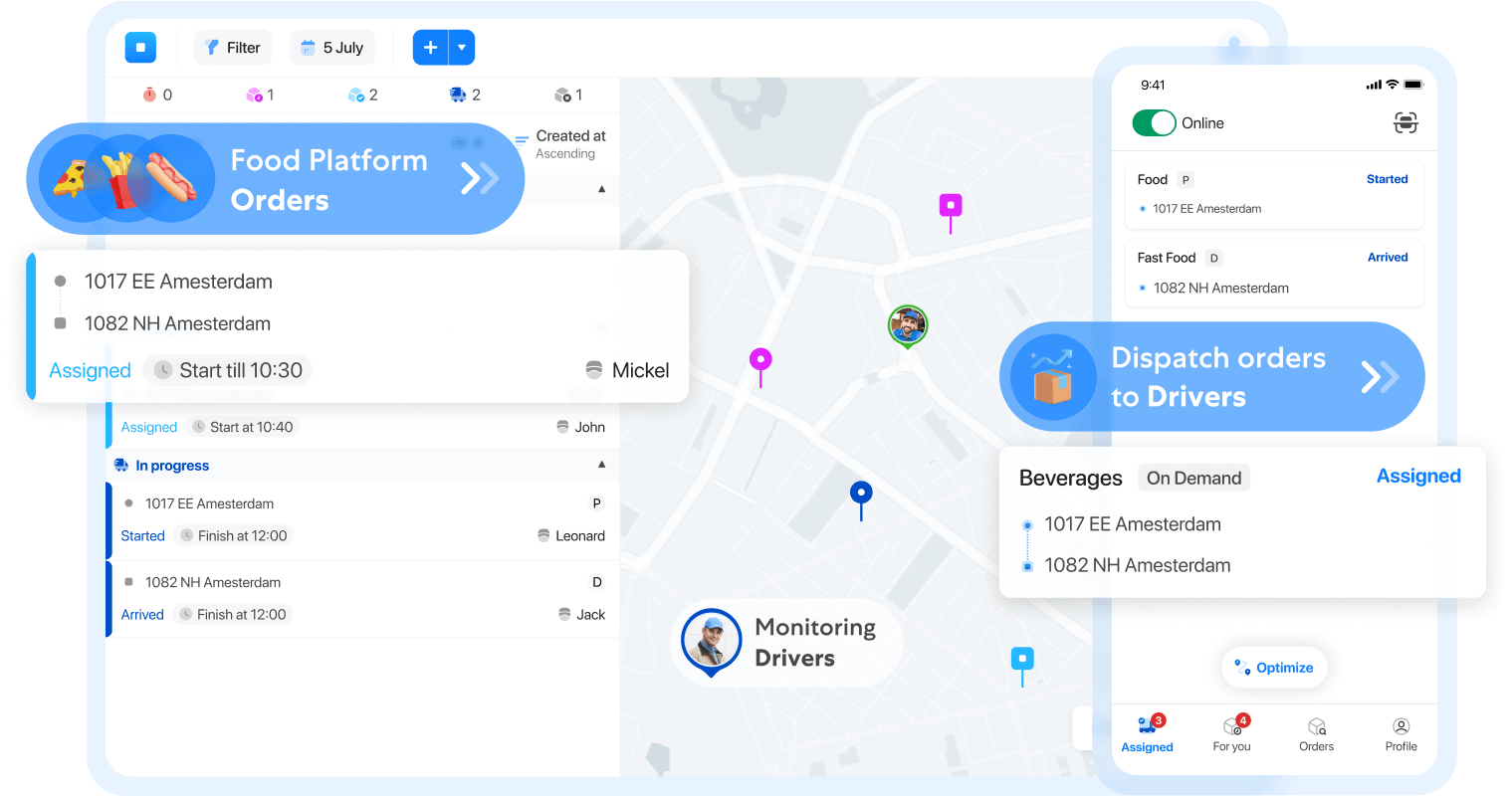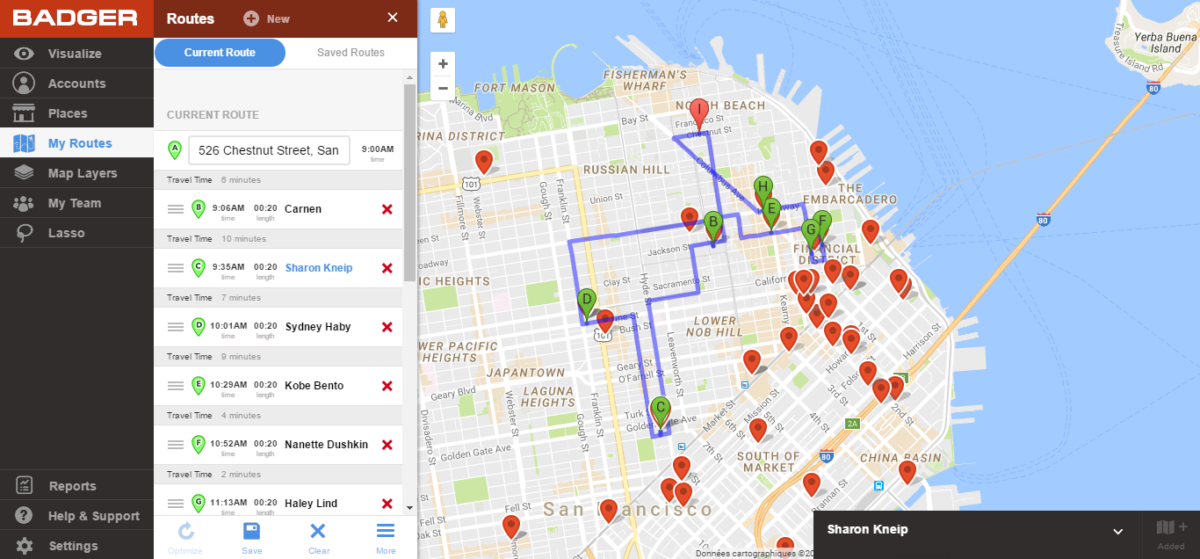Food Service Delivery Software

In today's fast-paced world, the food service industry is undergoing a remarkable transformation, and at the heart of this revolution lies an indispensable tool: Food Service Delivery Software. This innovative technology is reshaping the way restaurants, catering businesses, and food delivery services operate, enhancing efficiency, streamlining processes, and ultimately elevating the customer experience. As we delve into the intricacies of this software, we'll uncover its features, benefits, and the profound impact it has on the future of food service.
Understanding Food Service Delivery Software

Food Service Delivery Software is a comprehensive digital solution designed to manage and optimize various aspects of food delivery operations. It serves as a centralized platform, bringing together key functionalities such as order management, payment processing, delivery tracking, and customer engagement. By automating and integrating these processes, the software empowers food service businesses to operate more efficiently and adapt to the evolving demands of their customers.
Key Features and Benefits
The power of Food Service Delivery Software lies in its ability to streamline and simplify complex tasks. Here’s an in-depth look at some of its core features and the advantages they offer:
- Order Management: The software provides a user-friendly interface for receiving, processing, and managing orders. It allows for efficient order tracking, real-time updates, and seamless communication between the kitchen, delivery staff, and customers. This feature ensures that orders are fulfilled accurately and promptly.
- Payment Integration: With secure payment gateways integrated into the software, customers can conveniently make payments online. This not only enhances the overall customer experience but also reduces the administrative burden on businesses, streamlining their financial processes.
- Delivery Route Optimization: A crucial aspect of food delivery is ensuring timely and efficient deliveries. The software utilizes advanced algorithms to optimize delivery routes, taking into account factors like traffic conditions and order priorities. This optimization reduces delivery times, minimizes costs, and enhances customer satisfaction.
- Real-Time Tracking: Customers and businesses alike benefit from real-time tracking features. Customers can monitor the progress of their orders, providing transparency and reassurance. For businesses, this feature aids in efficient resource allocation and allows for quick resolution of any delivery-related issues.
- Customer Engagement and Analytics: Food Service Delivery Software goes beyond basic order management. It offers tools for customer engagement, such as personalized recommendations, loyalty programs, and targeted marketing campaigns. Additionally, the software provides valuable analytics, helping businesses understand customer preferences, identify trends, and make data-driven decisions to improve their services.
- Mobile Accessibility: Many Food Service Delivery Software solutions offer mobile apps, providing convenience and accessibility for both customers and delivery personnel. Customers can easily place orders, track deliveries, and provide feedback, while delivery staff can receive real-time updates and navigate efficiently using GPS integration.
| Feature | Description |
|---|---|
| Order Management | Centralized system for receiving, processing, and tracking orders. |
| Payment Integration | Secure payment gateways for online transactions. |
| Delivery Route Optimization | Algorithms optimize routes for efficient and timely deliveries. |
| Real-Time Tracking | Transparency for customers and efficient resource management for businesses. |
| Customer Engagement | Tools for personalized recommendations and loyalty programs. |
| Analytics | Valuable insights for data-driven decision-making. |

Performance Analysis and Case Studies

To truly understand the impact of Food Service Delivery Software, let’s explore some real-world examples and performance metrics.
Case Study: Revolutionizing Restaurant Operations
One notable success story is that of DineOut, a popular restaurant chain that implemented Food Service Delivery Software across its outlets. By adopting this technology, they achieved a significant boost in operational efficiency. The software streamlined their order management process, reducing order fulfillment times by 20%. Additionally, the integration of online payment options increased customer convenience and reduced payment processing errors.
Furthermore, the real-time tracking feature proved to be a game-changer. Customers appreciated the transparency it offered, resulting in a 15% increase in customer satisfaction ratings. This, in turn, led to a surge in repeat orders and positive online reviews, boosting DineOut's reputation and overall business performance.
Performance Metrics and Industry Insights
According to industry research, the adoption of Food Service Delivery Software has shown remarkable results. On average, businesses that implement this technology experience a:
- 25% increase in order accuracy
- 18% reduction in delivery times
- 30% improvement in customer satisfaction
- 15% boost in overall revenue
These metrics highlight the transformative potential of Food Service Delivery Software. By optimizing processes, businesses can not only enhance their operational efficiency but also improve the customer experience, leading to increased loyalty and long-term success.
Future Implications and Industry Trends
As we look ahead, the future of Food Service Delivery Software is promising and brimming with potential. Here are some key trends and developments to watch out for:
Integration of AI and Machine Learning
The integration of Artificial Intelligence (AI) and Machine Learning (ML) technologies is poised to revolutionize Food Service Delivery Software even further. AI-powered features, such as predictive analytics and automated customer support, will enhance the accuracy and efficiency of order management. Additionally, ML algorithms can optimize delivery routes based on historical data and real-time conditions, further reducing delivery times and costs.
Enhanced Customer Experience
Food Service Delivery Software will continue to focus on elevating the customer experience. This includes features like personalized order suggestions based on past preferences, seamless integration with social media platforms for easy ordering, and even voice-based ordering options for added convenience. The goal is to create a seamless and intuitive ordering process that meets the evolving expectations of today’s customers.
Sustainable and Eco-Friendly Solutions
As sustainability becomes an increasingly important consideration for businesses and consumers alike, Food Service Delivery Software will play a role in promoting eco-friendly practices. This may include features that encourage customers to opt for eco-friendly packaging, provide incentives for reusable containers, or even optimize delivery routes to reduce carbon emissions. By embracing sustainability, food service businesses can appeal to environmentally conscious consumers.
Industry Collaboration and Partnerships
The food service industry is known for its collaborative spirit, and this trend is likely to continue. Food Service Delivery Software providers may partner with restaurants, catering businesses, and even food delivery platforms to create integrated solutions. These partnerships can lead to standardized processes, improved data sharing, and enhanced efficiency across the entire food service ecosystem.
How does Food Service Delivery Software improve customer satisfaction?
+Food Service Delivery Software enhances customer satisfaction by providing real-time order tracking, accurate order fulfillment, and convenient online payment options. These features improve transparency, reduce wait times, and ensure a seamless and positive customer experience.
What are the key benefits of delivery route optimization?
+Delivery route optimization reduces delivery times, minimizes costs, and improves efficiency. By considering factors like traffic conditions and order priorities, businesses can ensure timely deliveries and optimize resource allocation.
Can Food Service Delivery Software help with marketing and customer engagement?
+Absolutely! Food Service Delivery Software often includes features like personalized recommendations, loyalty programs, and targeted marketing campaigns. These tools help businesses engage with their customers, understand their preferences, and build long-term relationships.
In conclusion, Food Service Delivery Software is not just a tool; it’s a catalyst for transformation in the food service industry. Its ability to streamline operations, enhance customer experiences, and provide valuable insights positions it as a critical component of modern food delivery businesses. As technology continues to evolve, we can expect even more innovative features and industry-wide collaborations, further solidifying the role of Food Service Delivery Software in shaping the future of food service.

